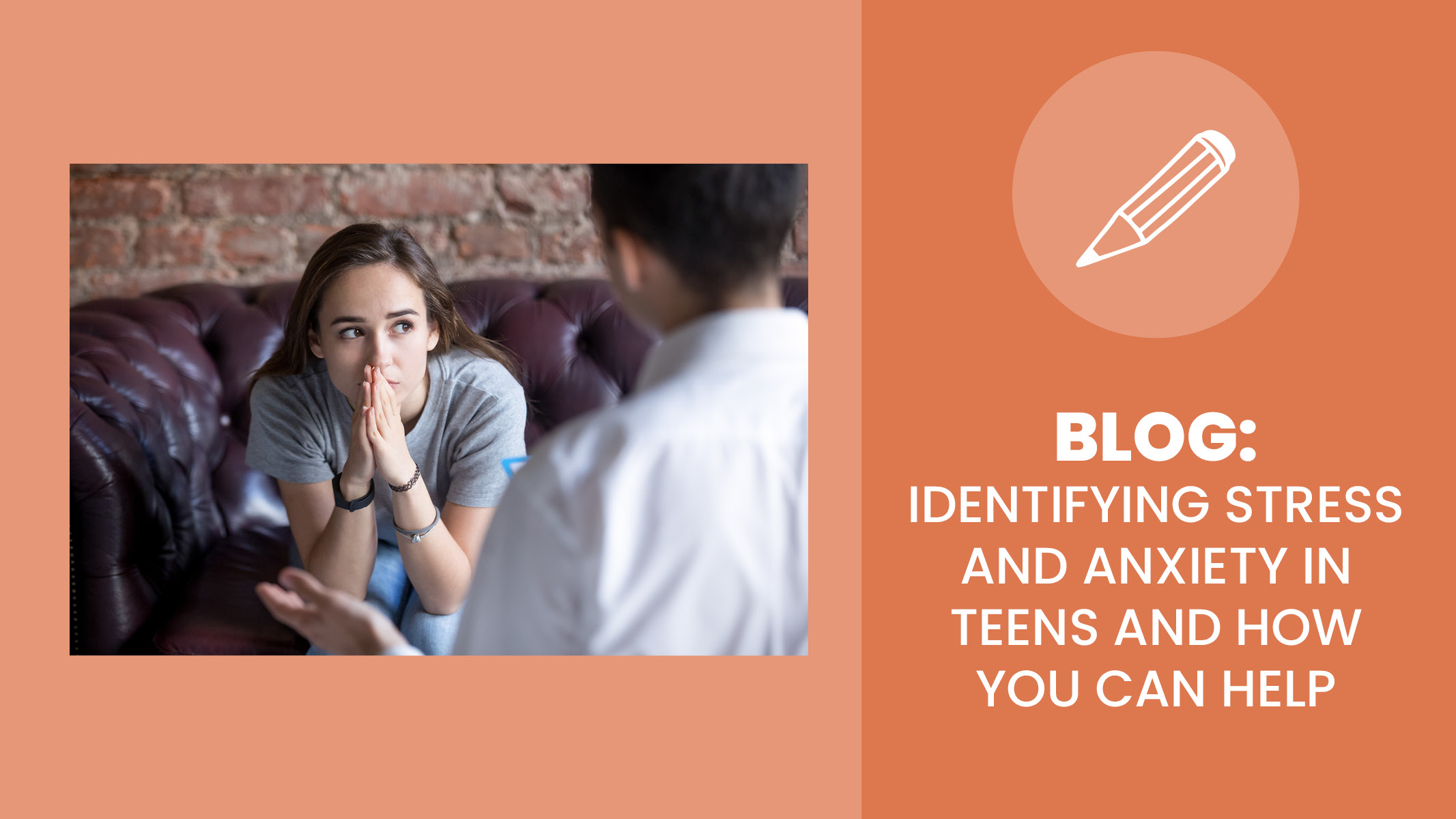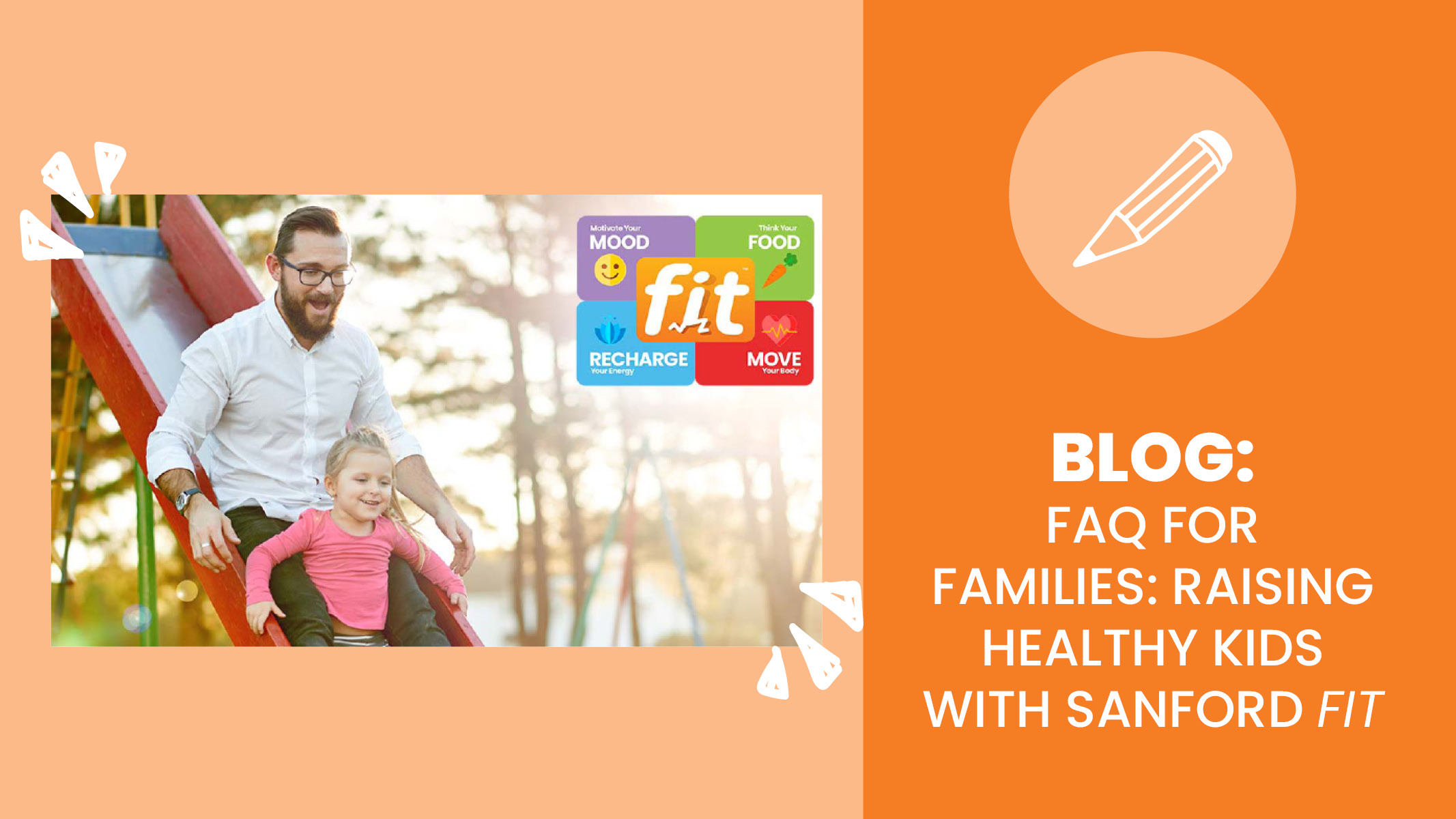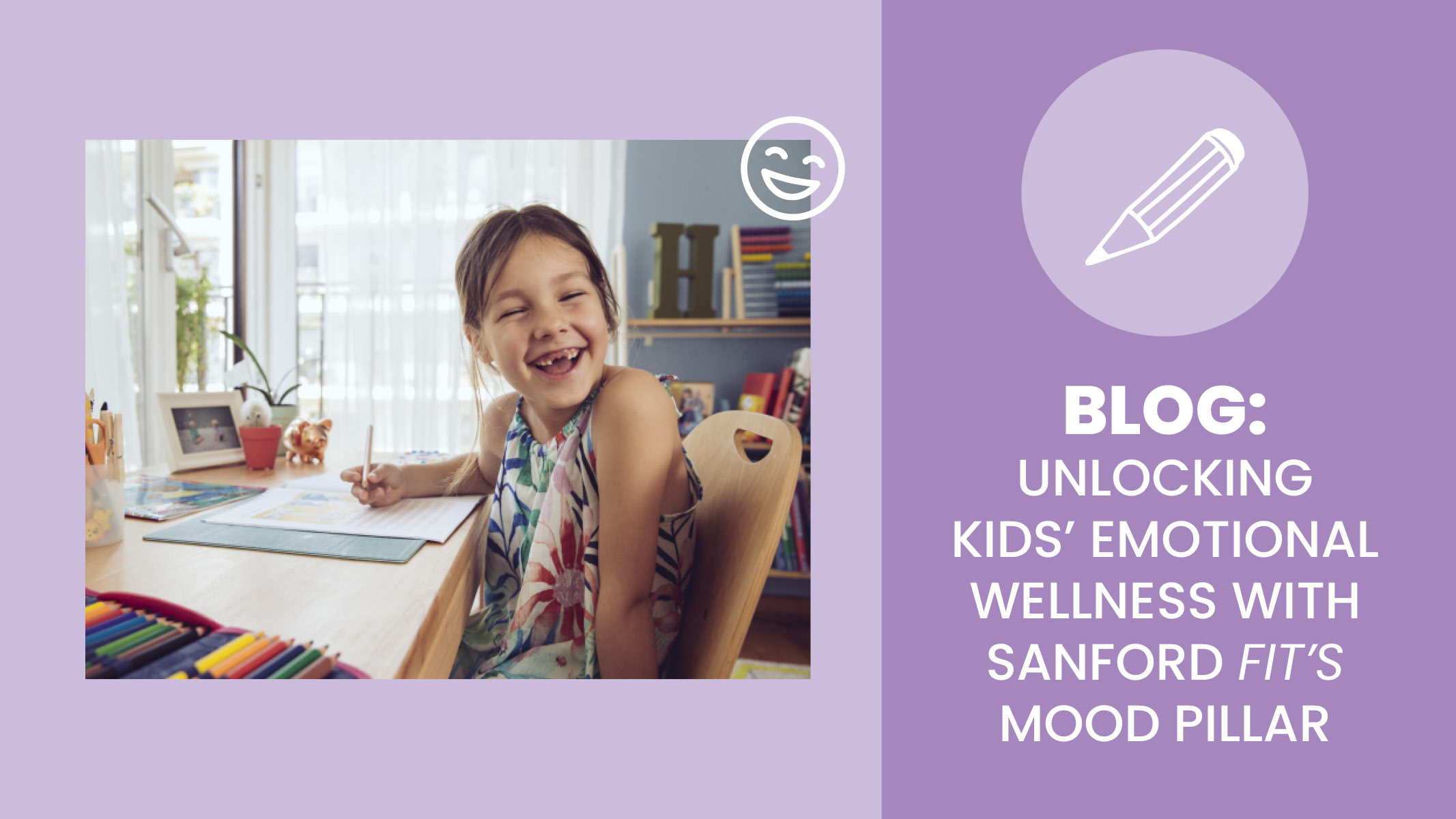As an adult and caregiver, you’re most likely no stranger to stress. But have you ever wondered what a teen is going through? According to the American Psychological Association, the stress teens experience rivals that of adults. Additionally, similar to adults, the stress a teen faces impacts their decisions to make healthy choices like moving their body, eating nutritious foods, and recharging by getting enough sleep, which all leads to general wellness.
Unfortunately, stress isn’t the only concern among teenagers. According to the National Institutes of Health, nearly 1 in 3 of all adolescents ages 13-18 will experience an anxiety disorder and since the start of the pandemic in 2020, these numbers have been on the rise causing the American Academy of Pediatrics (AAP) to declare a national emergency in youth mental health.
We sat down with Brock Seefeldt, an Integrated Health Therapist at Sanford Health, to learn about the differences between stress and anxiety and how teens can cope with these experiences.
What is stress? Stress is the feeling of being worried or uncomfortable about something for a short time. The body releases hormones to increase alertness and prepare to act.
What is anxiety? Anxiety is a fear or worry that does not go away when the stressor is over or is unrealistic. For people experiencing anxiety disorders, it can feel like too much to handle.
How do stress and anxiety affect tweens and teens? What are the signs and symptoms of stress and anxiety? The signs and symptoms of stress and anxiety can look different for everyone. However, there are some common symptoms for each. Stress can feel like a headache, upset stomach, or tense muscles. Anxiety can feel like a sense of dread, things are out of control, racing thoughts, or even panic. According to Brock, in order to understand how stress and anxiety affect youth and the signs and symptoms, it’s important to understand how the upper and lower parts of the brain work.

- Upper brain: helps us make goals, plan, solve complex problems, and regulate emotions.
- Lower brain: the safety and emotional center which receives information from the rest of the body and assesses for threats.
“When we are calm, information moves through our lower brain and our upper brain can easily make sense of it. When we have stronger emotions, our lower brain perceives problems as possible threats. Eventually, the lower brain stops sending information to the upper brain, so we lose access to those problem-solving and emotion regulation skills. The lower brain goes into fight or flight mode, diverting energy from non-essential processes such as digestion, to our heart and other muscles. This can happen with any stressor such as homework, chores, conflict in relationships, etc., depending on a person’s general mood and learned responses to problems.
Because of how these parts of the brain work, it’s important to recognize when youth are moving from the more logical upper brain to the more emotional lower brain. Common thinking traps when we feel stressed or anxious include catastrophizing (imagining the worst possible outcome), all or nothing, predicting the future, or overgeneralizing. These kinds of thought patterns can be difficult to recognize for the person experiencing them and may cause youth to:
- Avoid people, places, tasks, or even feelings
- Feel sick more often (chronic stress and anxiety can weaken our immune system)
- Argue or react irritably more than their norm
- Have difficulty concentrating
- Have difficulty falling asleep or have nightmares”
What causes stress and anxiety? Are there certain times or situations that tend to cause more stress and anxiety than others? There’s a lot teens can stress about. Some of the common reasons can include:
- Social media
- The world is described as scarier and more threatening in school, the media, or at home
- High expectations to succeed
- Events: test taking, school dances, performances, sports games, etc.
- Academics
- Feeling their problems will burden others
What are some coping strategies for dealing with stress and anxiety?
- Positive self-talk
- Breathing exercises
- Sleep and screen-free relaxation
- Joyful physical activity
- Balanced diet & hydration
What can caregivers and educators do to help teens experiencing stress and anxiety?
According to Brock, “It’s important for caregivers to remember that while a stressor or problem may not seem like a big deal to them, it can feel overwhelming for youth who have fewer experiences to draw from. Validating youths’ stress is one of the most helpful acts caregivers can do to be supportive and will encourage their child to continue coming to them for support in the future. Some ways to care for your teen include:
- Start by asking youth what they need, rather than telling them what to do or giving advice.
- Depending on the person and situation, someone may want an empathetic listener, help noticing thinking traps, or support brainstorming solutions to the problem.
- If the stress or anxiety is intense, youth may need help calming before they can discuss the problem or communicate to caregivers what they need. To help, caregivers can model deep breathing, offer a choice between two coping skills, give youth space if safe to do so, or help them ground themselves by holding their hand or hugging them.
What can teens do about their own stress and anxiety? What can they do if someone they know is experiencing heightened stress or anxiety?
“Managing emotions is a skill, just like playing an instrument or sport, dancing, or drawing. Professionals practice for hours before their performances. Intense feelings are similar to those big performances. We can put in the practice while we are feeling our calmest, so the skill is ready when we need it. Incorporate mindful awareness and deep breathing while doing daily activities or take a few minutes to practice focusing on your 5 senses in a calm place.” According to Brock, teens can also
- Consider relationships: if a relationship is causing more stress than joy, it may be time to set some boundaries or take a break.
- Talk to teachers or a guidance counselor to develop a plan to catch up on schoolwork.
- Schedule some downtime - we can’t be on the go all the time.
- Express the stress – journal, draw, sing, or dance the stress out.
- Talk to someone – when a burden is shared, a burden is halved.
If a friend is stressed, the most important thing we can do is listen to them, while not taking the problem on ourselves. Ask them what you can do to help them feel supported. If you don’t know how to help or are worried about them, tell an adult you trust.
When should someone ask for help? If stress or anxiety is affecting a teen’s school, home, or social life, encourage them to talk with someone they trust. If you or someone you know is experiencing thoughts of self-harm or suicide or just need support now, call or text 988 to reach a Suicide & Crisis Lifeline available 24 hours a day, seven days a week or chat at 988lifeline.org.
The article series on teen mental health is made possible by First International Bank & Trust.
Ready for More? You Might Also Like:
Cheat Sheet for Parents and Caregivers: Understanding Stress and Anxiety in Teens
Understanding Stress and Anxiety: Activities for Teens


